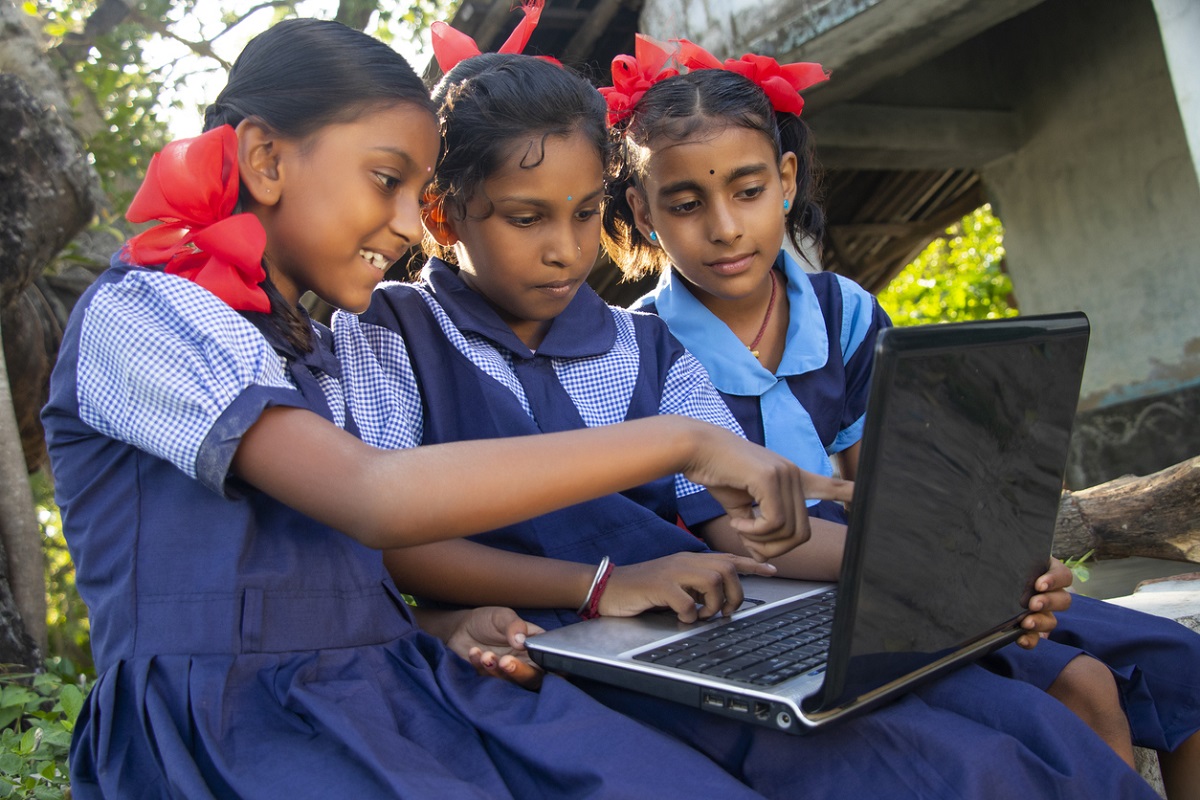The majority of the schools are within the jurisdiction of the individual State and UT Governments, and education is listed in the concurrent list of the Constitution. However, the Department of School Education and Literacy, Ministry of Education, has implemented a multi-pronged strategy to ensure that every student, especially those living in rural and educationally underdeveloped parts of the country, obtains uninterrupted access to education.
As a component of the Atma Nirbhar Bharat Abhiyan, PM e-Vidya, a comprehensive project that combines all activities connected to digital, online, and on-air education to offer multi-mode access to education, was launched on May 17, 2020. The project consists of the following elements:
- DIKSHA, the country’s digital infrastructure, provides high-quality e-content for classroom instruction in states and UTs, as well as QR-coded Energized Textbooks for all grades (one nation, one digital platform)
- Each class from 1 to 12 has one Swayam Prabha TV channel set aside for it (one class, one channel)
- Extensive use of Radio, Community radio and CBSE Podcast- Shiksha Vani
- On the NIOS website and YouTube, special e-content for the deaf and hard-of-hearing has been created using the Digitally Accessible Information System (DAISY)
Where the digital facility (Mobile Device/DTH television) is not available, the Ministry of Education has taken numerous initiatives, such as organising community/mohalla classes, community radio stations, and a podcast called Shiksha Vani of CBSE. It has also provided textbooks and worksheets to students’ homes.
The Samagra Shiksha, an Integrated Scheme for School Education, was introduced by the Department of School Education and Literacy in 2018–19. It sees the “school” as a progression from early childhood education through upper primary, secondary education, and senior secondary education.
It is a comprehensive programme for the school education industry that covers pre-kindergarten through class XII with the goal of ensuring inclusive and equitable quality education at all levels of schooling.
Samagra Shiksha is carried out in collaboration with all of the States and UTs, and financial aid is given to all of them for a number of components, including the improvement of the ICT infrastructure in schools.
Subject to budgetary constraints, the ICT component of Samagra Shiksha plans to include all Government and Aided classes VI through XII schools as well as Teacher Education Institutions (TEIs).
ICT resources will be accessible to students in lower grades in Government and Aided Schools with classes from VI to XII. 120614 schools have ICT labs approved, while 82120 schools have smart classroom approval. The elementary school instructors have been granted a total of 1482565 TABs.
The Department’s Innovation Funds are utilised to put up virtual studios, mobile classrooms, and online classrooms in schools. All states and UTs have started a Continuous Learning Plan (CLP), and in some states and UTs, pre-loaded tablets are being used successfully in remote rural locations where online classes are challenging.












